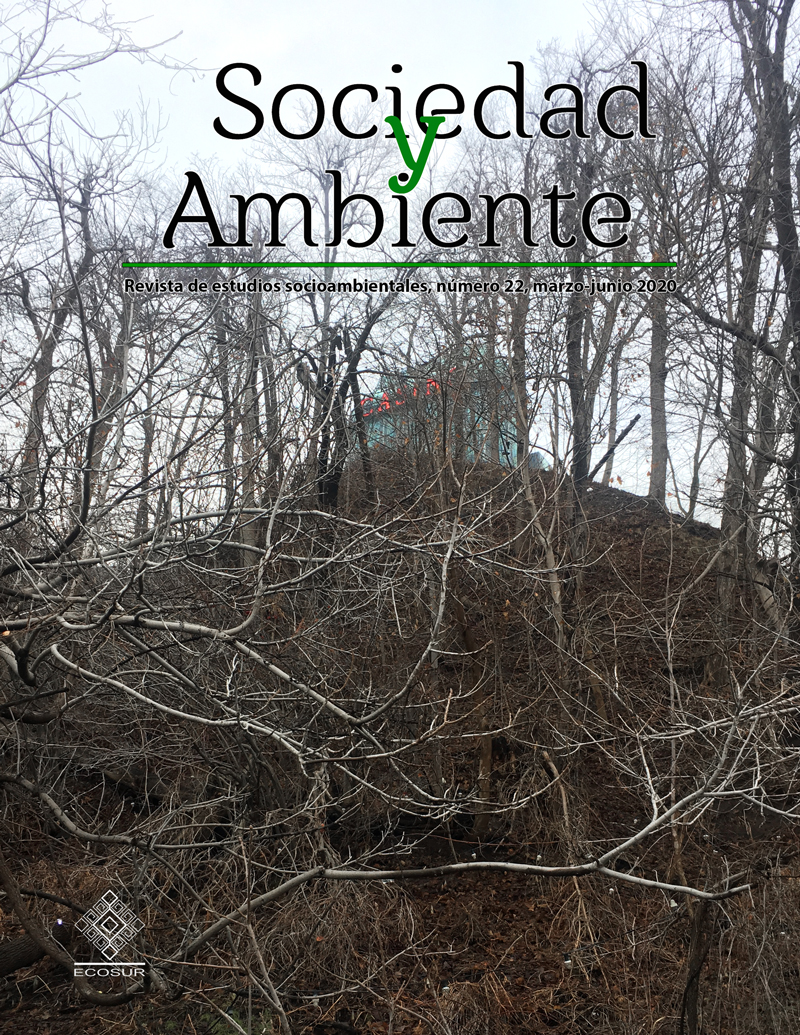Abstract
Nowadays, both public and private organizations seek to implement strategies to achieve a healthy work environment, in order to increase the productivity, motivation, satisfaction, and quality of the work-life of their employees. One important aspect are the physical workspaces and environment within buildings, where air quality is an environmental problem in that it affects the health of their occupants. The purpose of this study is to evaluate the work environment and workspaces, and the symptoms and disorders of workers at a higher education facility in Mexico, which will make it possible to identify Sick Building Syndrome (SBS) in two buildings comprising several sections. Data were collected by an instrument that makes it possible to determine the perception of working conditions. The study population consists of two groups of employees at the educational institution: Full-time Professors (FTP) and Administrative Personnel (AP). Data analysis made it possible to identify problems with the noise level, indoor air quality (perception of unpleasant odors) and the thermal comfort of the ambient temperature, estimated using a logistic regression model. The most frequent eye symptoms affecting workers were also determined. Finally, four sections of a building were diagnosed with SEE characteristics and no significant differences were observed in relation to the length of operation of the buildings.

Sociedad y Ambiente by ECOSUR is licensed under a Creative Commons Reconocimiento-NoComercial-SinObraDerivada 2.5 México License


